Results
-
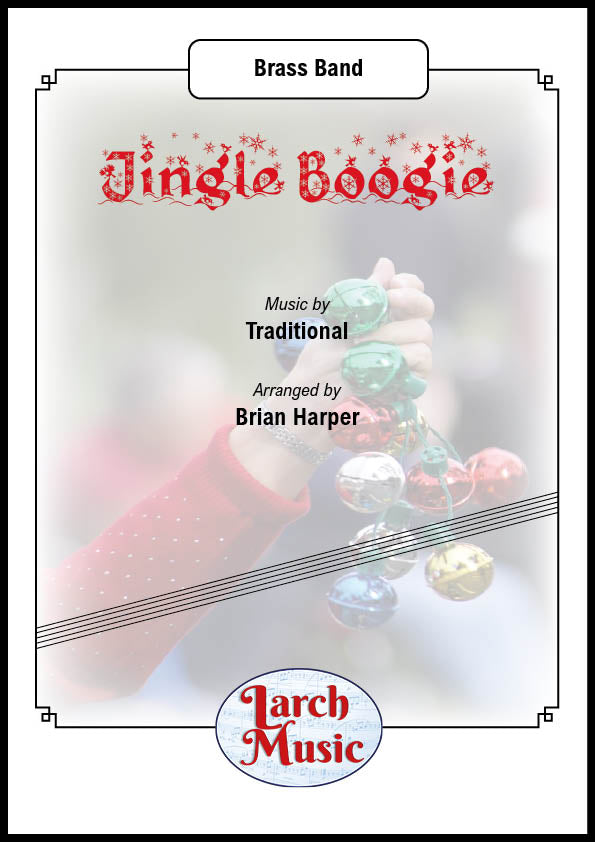 £25.00
£25.00Jingle Boogie (Traditional arr. by Brian Harper) - Brass Band Sheet Music Full Score & Parts - LM425
COMPOSER: TraditionalARRANGER: Brian HarperBrass Band Sheet Music Full Score & PartsSuitable Section 4 UpwardsA light hearted boogie to the tune of Jingle BellsLM425 - ISMN : 9790570004256
In Stock: Estimated dispatch 3-5 working days
-
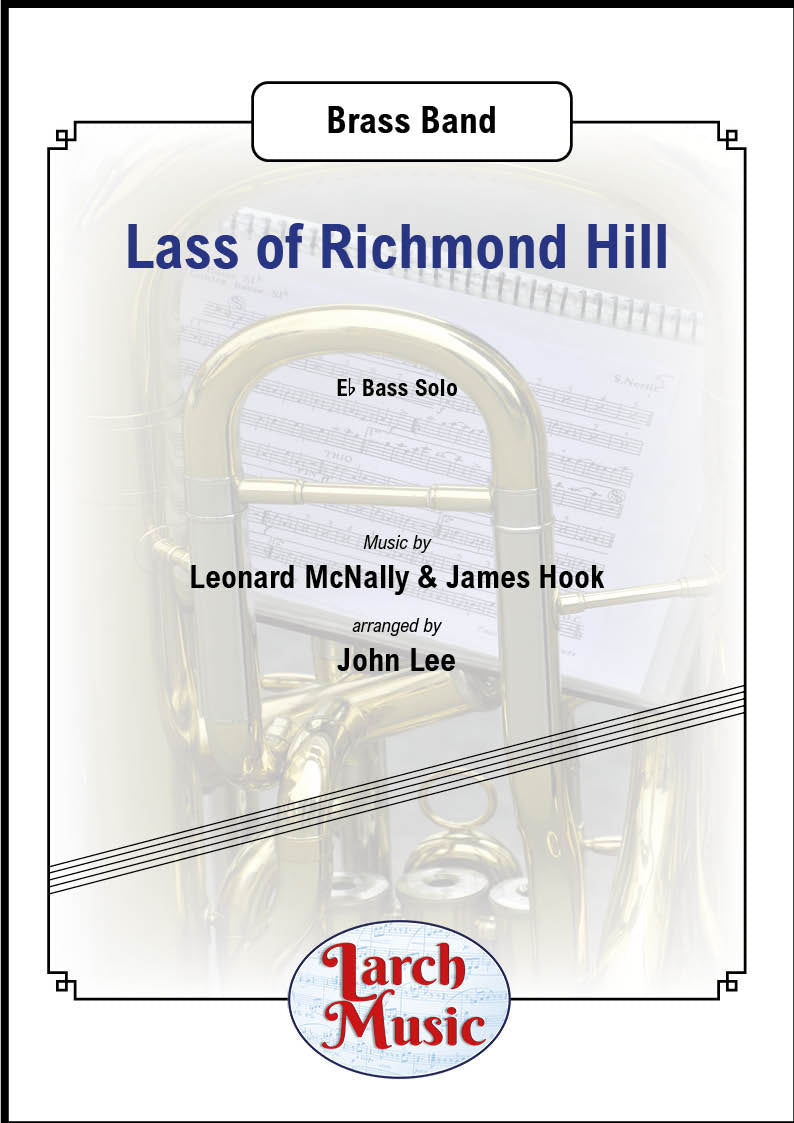 £25.00
£25.00Lass of Richmond Hill - Eb Bass & Brass Band - LM777
COMPOSER: Leonard McNally & James HookARRANGER: John LeeISMN : 9790570007776A delightful addition to the Eb bass solo repertoire with delicate brass band accompanimentStarts in 2/4 and progresses into 6/8Soloist part not too complicated
In Stock: Estimated dispatch 3-5 working days
-
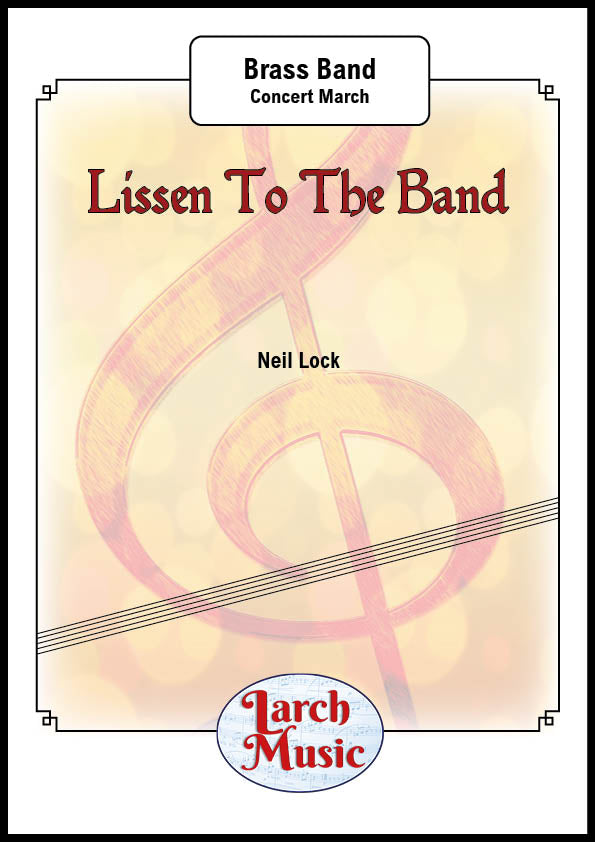 £25.00
£25.00Lissen To The Band (Concert March) (Neil Lock) - Brass Band Sheet Music Full Score & Parts - LM446
COMPOSER: Neil LockISMN : 9790570004461Written for the 40th anniversary of the Liss Band, 2014A grand new march for Brass BandSuitable Section 4 UpwardsLM446 - ISMN : 9790570004461
In Stock: Estimated dispatch 3-5 working days
-
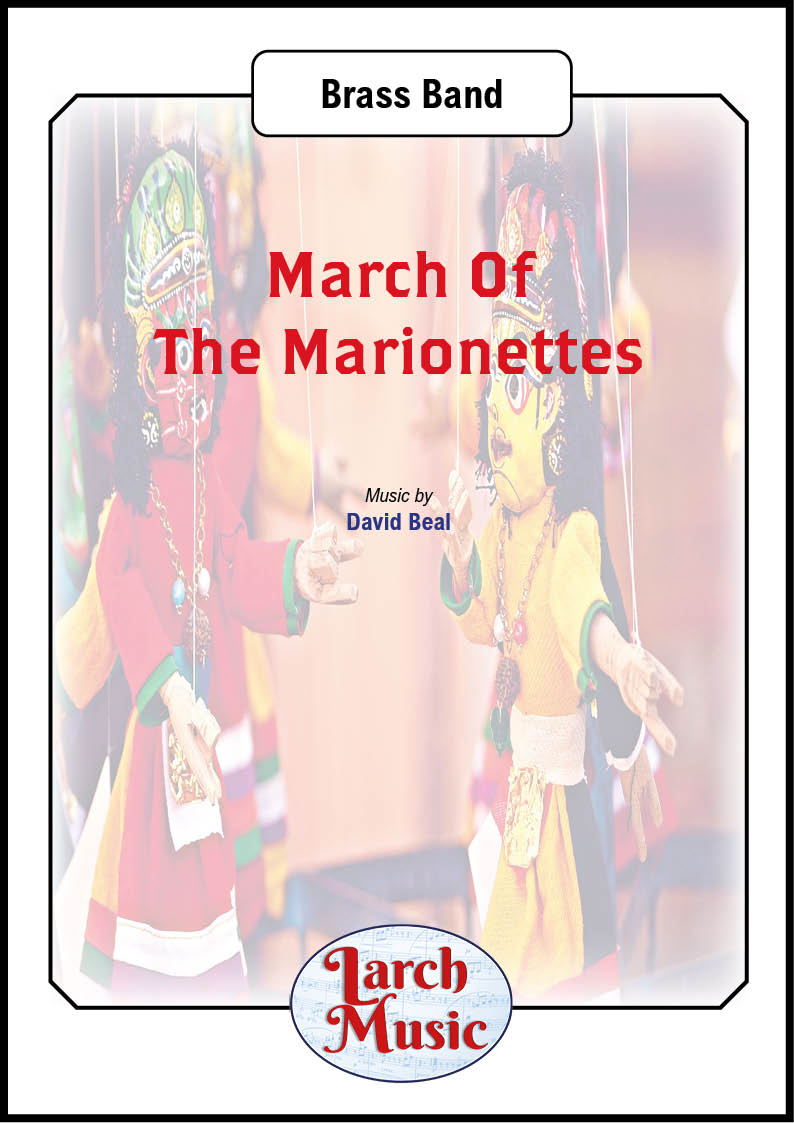 £25.00
£25.00March Of The Marionettes - Brass Band Sheet Music Full Score & Parts - LM160
COMPOSER: David BealAn original composition starting in an almost bolero style and finishing with a tradional style march in 2/4LM160 - ISMN :9790570001606
In Stock: Estimated dispatch 3-5 working days
-
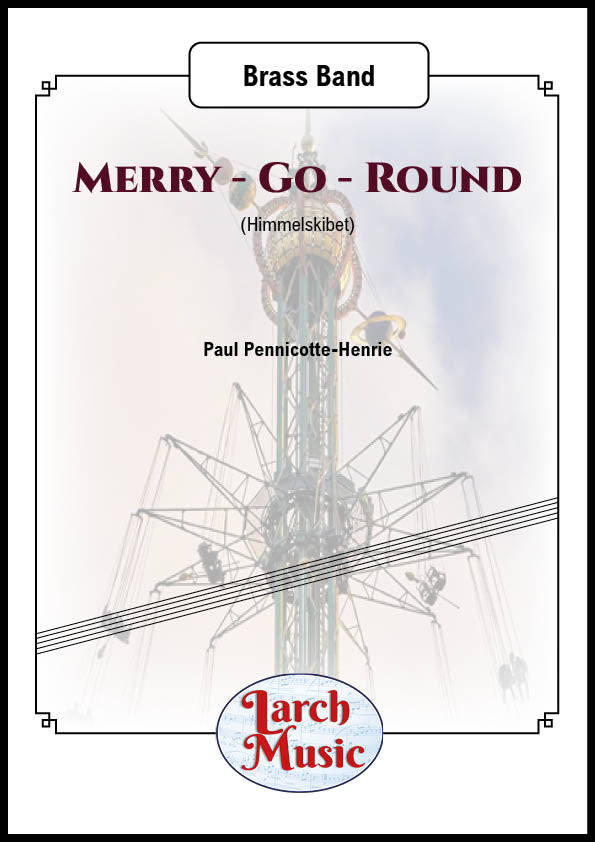 £25.00
£25.00Merry Go Round - Brass Band - LM289
COMPOSER: Paul Pennicotte-HenrieA descriptive journey around the Himmelskibet of CopenhagenSet in Copenhagen's famous Trivoli Gardens is theHimmelskibet (Thrill ride) carouseltaking riders high into air.Suitable Section 4 Upwards
In Stock: Estimated dispatch 3-5 working days
-
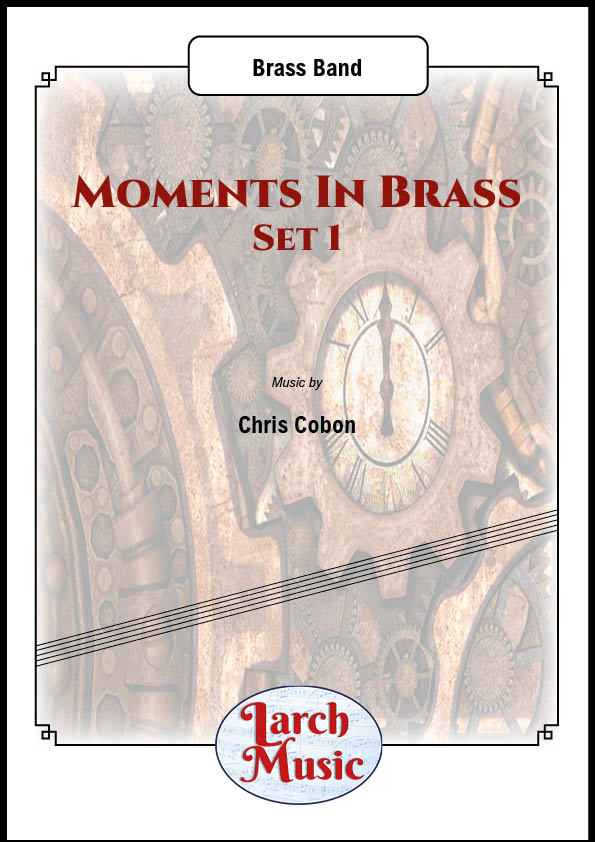 £50.00
£50.00Moments in Brass ~ Set 1 - Brass Band - LM267
COMPOSER: Chris CobonMoments in BrassSet 1Nos. 1 - 4'Moments in Brass' follows on, chronologically, from three programmatic pieces about steam trains. LMR600 Gordon, Tornado (LNER Peppercorn Class A1 60163) and The Lady Armaghdale.In contrast, Moments in Brass are all examples of absolute music and is non-representational. The compositions develop from ideas I have found interesting and, in some cases quirky.The pieces are grouped into sets of four; which allows for shorter pieces that still have musical value. Conductors should not feel compelled to perform all four together (although they do work well in that form) the moments are not movements, but individual pieces in their own right.Musical traits: I particularly like exploring shifting tonal centres, metre and the use of appoggiaturas. Hidden in a number of the Brass Moments is the use of a rising scale, inspired by the brass in the closing sections of Respighi's Pines of Rome.
In Stock: Estimated dispatch 3-5 working days
-
 £30.00
£30.00Pentre Ifan - Brass Band - LM948
COMPOSER: Alex McGeePentre IfanPentre Ifan (literally "John's Village") is the name of an ancient manor in the community and parish of Nevern, Pembrokeshire, Wales.It is 11 miles (18 km) from Cardigan, Ceredigion, and 3 miles (4.8km) east ofNewport, Pembrokeshire.Pentre Ifan contains and gives its name to the largest and best preserved Neolithicdolmenin Wales.Suitable for Most Bands - Duration 6 mins (Approx.)
In Stock: Estimated dispatch 3-5 working days
-
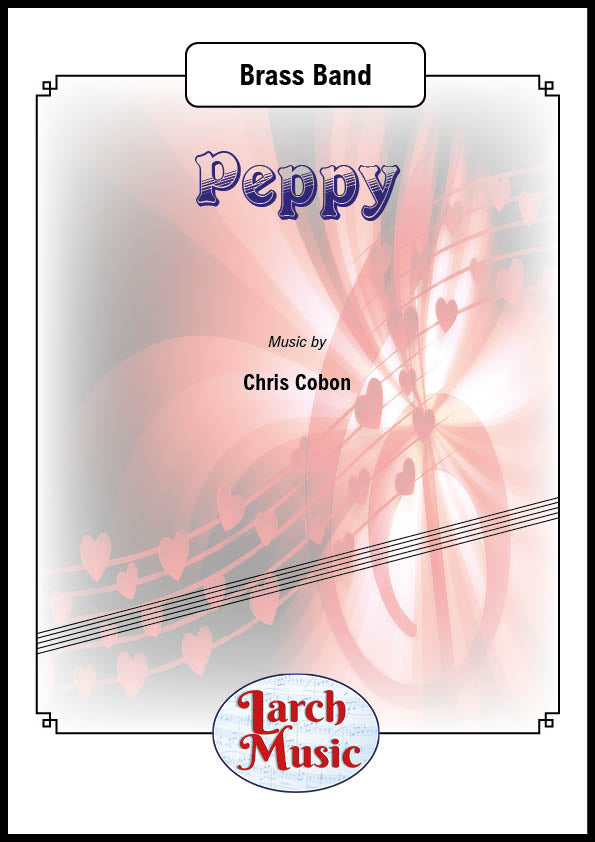 £25.00
£25.00Peppy - Brass Band - LM346
COMPOSER: Chris CobonPeppy - ADJECTIVESomeone or something that is peppy is lively and full of energyThis high-spirited composition introduces a number of lively melodies before combining them all together.Suitable for light concerts and bandstands, there's something for each section in this piece.Even the basses take their turn with the tune before a frantic rush to the finish.Are you feeling Peppy?Suitable Section 4 Upwards
In Stock: Estimated dispatch 3-5 working days
-
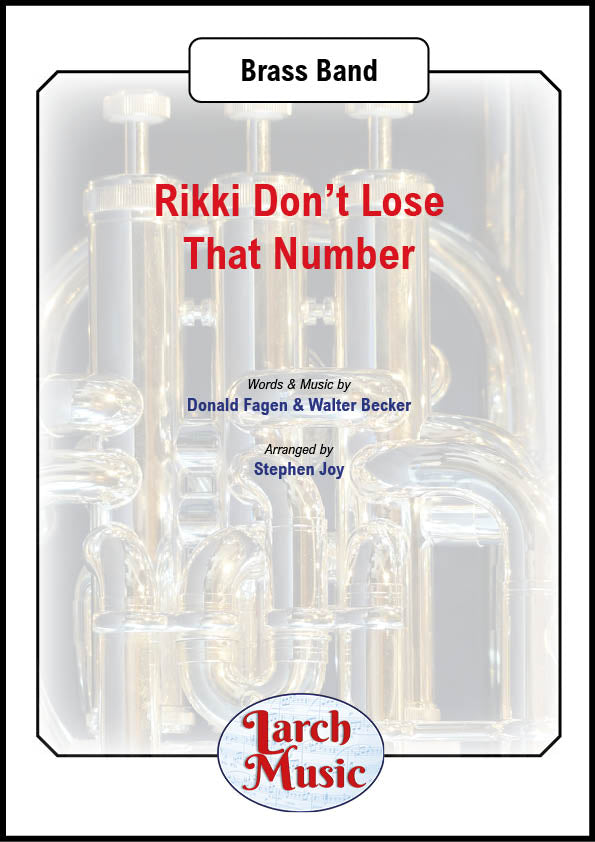 £21.50
£21.50Rikki Don't Lose That Number - Brass Band - LM769
COMPOSER: Walter Becker & Donald FagenARRANGER: Stephen Joy"Rikki Don't Lose That Number" is a single released in 1974 by rock/jazz rock group Steely Dan and the opening track of their third albumPretzel Logic. It was the most successful single of the group's career, peaking at number 4 on theBillboardHot 100 in the summer of 1974.The song features Jim Gordon on drums, as does the bulk of thePretzel Logicalbum. The guitar solo is by Jeff "Skunk" Baxter who would soon go on to join The Doobie Brothers.
In Stock: Estimated dispatch 3-5 working days
-
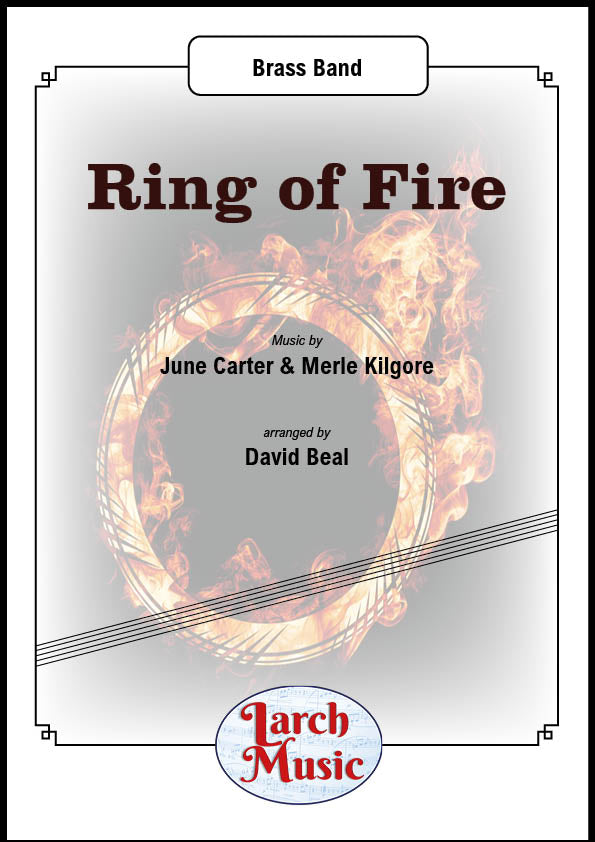 £25.00
£25.00Ring of Fire (Johnny Cash arr. by David Beal) - Brass Band Sheet Music Full Score & Parts - LM782
COMPOSER: June Carter Cash and Merle KilgoreARRANGER: David BealUK SALES ONLY"Ring of Fire"is a song written byJune Carter CashandMerle Kilgoreand popularized byJohnny Cashin 1963.The single appears on Cash's 1963 album,Ring of Fire: The Best of Johnny Cash.The song was originally recorded by June's sister,Anita Carter,on her Mercury Records albumFolk Songs Old and New(1963)as "(Love's) Ring of Fire".Mercury released Anita's version as a single and it was a featured "pick hit" inBillboardmagazine.After hearing Anita's version, Cash claimed he had adream where he heard the song accompanied by "Mexican horns".Cash said, "I'll give you about five or six more months,and if you don't hit with it, I'm gonna record it the way I feel it."Cash noted that adding trumpets was a change to his basic sound"Ring of Fire" was ranked #4 onCMT's 100Greatest Songs of Country Musicin 2003 and #87onRolling Stone's list ofThe 500 Greatest Songs of All Time.In June2014,Rolling Stoneranked the song #27 on its list of the100greatest country songs of all time.The song was recorded on March 25, 1963, and became one of thebiggest hits of Cash's career, staying at number oneon the country chart for seven weeks.It was certified Gold on January21, 2010,by theRIAAand has also sold over1.2million digital downloads.UK SALES ONLYLM782 - ISMN : 9790570007820
In Stock: Estimated dispatch 3-5 working days










